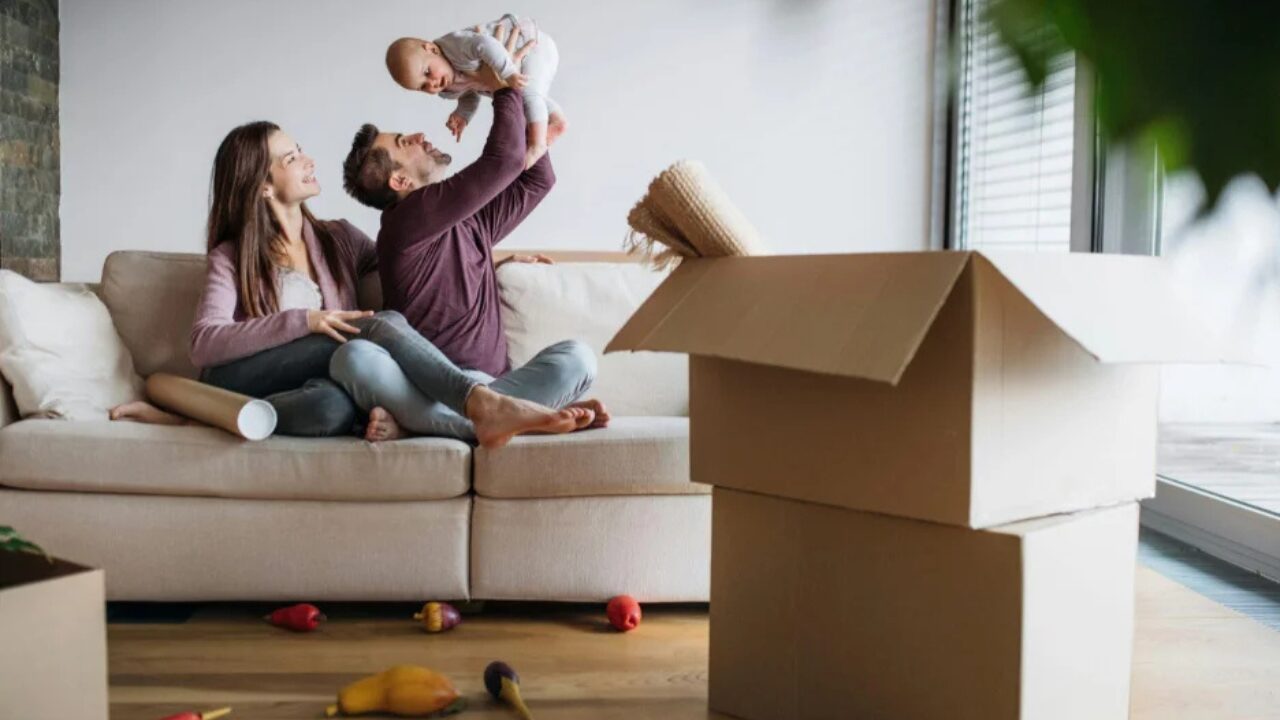Sustainable Living Starts with Smarter Housing Choices

Sustainable living is more than just a trend; it’s necessary today. Our choices about our homes, from construction materials to energy use, have a massive impact on the environment. Smarter housing choices reduce this impact while creating comfortable, efficient, and forward-thinking spaces.
In this blog, you’ll learn why sustainable housing is so important, explore practical solutions to make homes more eco-friendly, and discover innovative technologies that can transform living spaces. These steps help the environment and create healthier, cost-effective lifestyles.
If you’ve ever wondered how your housing choices can align with your sustainability goals, this post will guide you toward smarter decisions for a greener future.
Why Sustainable Housing Matters
The environmental impact of traditional housing is staggering. From excessive energy consumption to wasteful construction practices, conventional housing contributes significantly to global carbon emissions. Homes with poor insulation, outdated appliances, or high water usage strain natural resources and household budgets.
Sustainable housing flips the script by focusing on energy efficiency, water conservation, and renewable materials. Adopting these practices can drastically reduce your carbon footprint while enjoying long-term savings. For instance, homes with energy-efficient windows and proper insulation can reduce energy usage by up to 30%.
Globally, there’s a growing recognition of the need for smarter housing choices. Movements like passive housing and green building certifications are gaining traction, inspiring homeowners and builders to prioritize eco-conscious practices. These efforts show that sustainable living is achievable and beneficial for everyone involved.
Exploring Smarter Housing Solutions
Making smarter housing choices doesn’t mean starting from scratch. Small, practical steps can make a significant difference. Switching to energy-efficient appliances, using low-flow water fixtures, and choosing renewable materials for renovations are just a few examples of impactful changes.
Incorporating sustainable housing options into your decision-making involves thinking beyond aesthetics. For example, select durable and eco-friendly flooring materials like bamboo or reclaimed wood. Upgrading to energy-efficient HVAC systems and lighting can reduce energy consumption without compromising comfort.
Even existing homes can be transformed with simple adjustments. For example, improving insulation or installing a programmable thermostat reduces energy bills and decreases environmental strain. These steps prove that sustainable living is accessible to everyone, regardless of where they live or their budget.
Innovative Technologies for Eco-Friendly Living
Technology plays a pivotal role in advancing sustainable housing. Innovative solutions like solar panels, smart home systems, and energy-efficient HVAC systems make reducing your home’s environmental impact easier than ever. These technologies are not just eco-friendly but also cost-effective in the long run.
Solar panels, for instance, harness renewable energy, significantly cutting electricity costs. Modern advancements have made solar panels more efficient and affordable, making them a popular choice for eco-conscious homeowners. Similarly, energy-efficient HVAC systems not only improve comfort but also consume less energy compared to traditional systems.
Smart home systems take sustainability a step further by allowing you to monitor and control energy usage. From adjusting lighting to optimizing heating and cooling, these systems can automate energy-saving habits. Investing in these technologies may require an upfront cost, but the financial savings and reduced environmental impact make them worthwhile for homeowners committed to sustainability.
The Economic Case for Sustainable Living
Sustainable housing isn’t just good for the environment—it’s also a smart financial move. Eco-friendly choices, such as energy-efficient appliances and solar panels, often result in significant long-term cost savings. A home designed with sustainability in mind can lower energy bills by up to 50%, offering a clear return on investment over time.
Governments and organizations worldwide are recognizing the value of sustainable housing by offering incentives, rebates, and tax benefits to encourage adoption. These programs make it easier for individuals and families to afford green upgrades, such as renewable energy installations or high-efficiency insulation.
Communities embracing sustainable practices are also reaping economic rewards. Neighborhoods built with green infrastructure often enjoy higher property values, reduced utility costs, and stronger local economies. These examples highlight how making sustainable housing choices benefits individual households and entire communities, creating a ripple effect of positive change.
Small Steps Toward Big Impact
Adopting sustainable housing practices doesn’t have to be overwhelming. Small, actionable changes can create a ripple effect of positive impact. For instance, improving insulation in your home can significantly reduce heating and cooling costs while reducing energy consumption. Similarly, switching to energy-efficient light bulbs and appliances is an easy and affordable way to start.
Another impactful step is repurposing or recycling materials during renovations. Using reclaimed wood, recycled glass, or other eco-friendly materials reduces waste and gives your home a unique character. These choices show that even simple adjustments can contribute to a more sustainable future.
Starting small often leads to more significant changes over time. Once you see the benefits of these initial steps, committing to larger-scale upgrades like installing renewable energy systems or investing in water-saving landscaping becomes more effortless. Sustainable living is less about perfection and more about making consistent progress.
READ MORE
Conclusion
Making smarter housing choices is a powerful way to embrace sustainable living. From innovative technologies to small, meaningful changes, every step you take helps protect the planet while improving your quality of life. The path to sustainability doesn’t have to be daunting—it’s about finding what works for you and taking action.
By choosing eco-friendly practices, you contribute to a greener future for yourself, your community, and future generations. Together, these efforts make a lasting impact, proving that sustainable living starts with each thoughtful decision.
